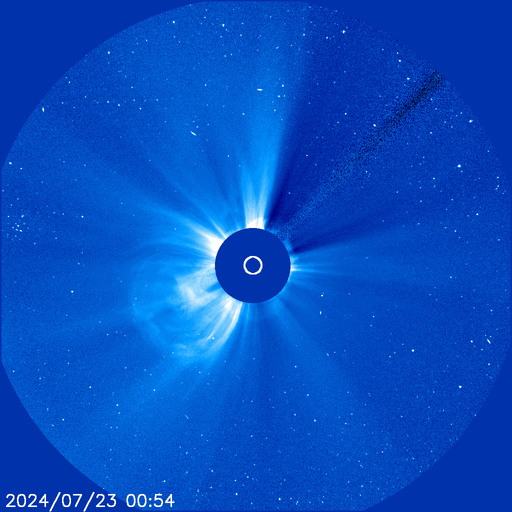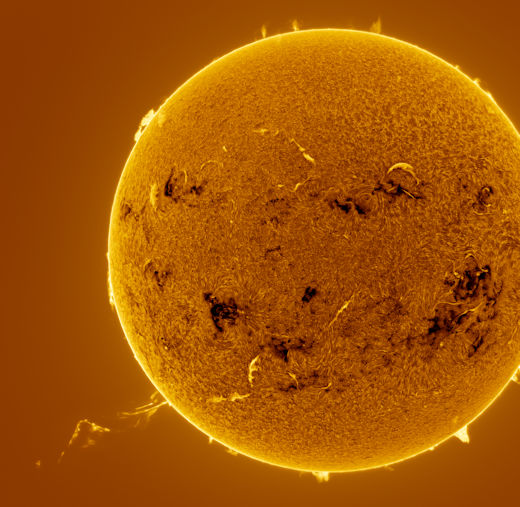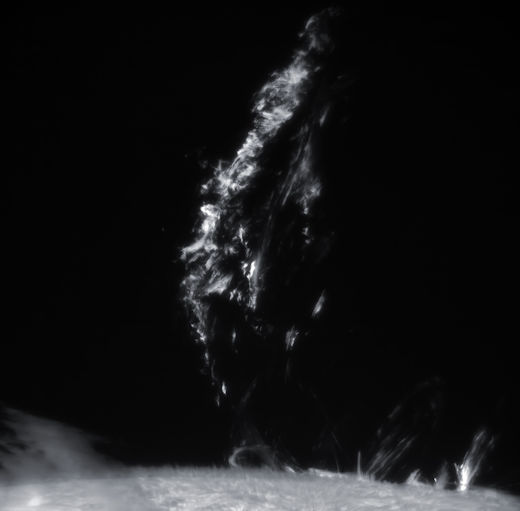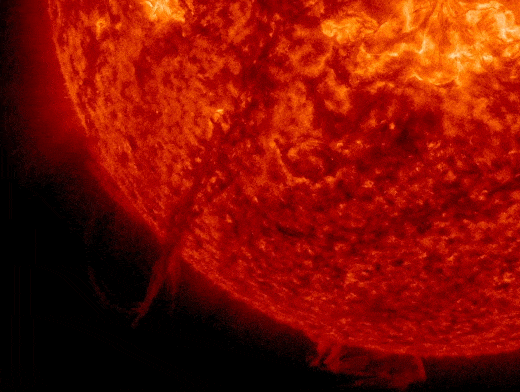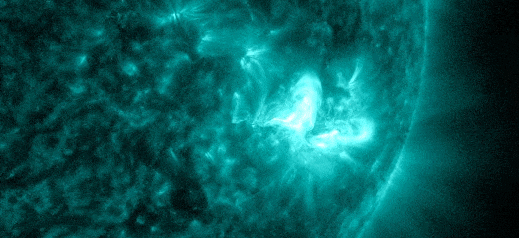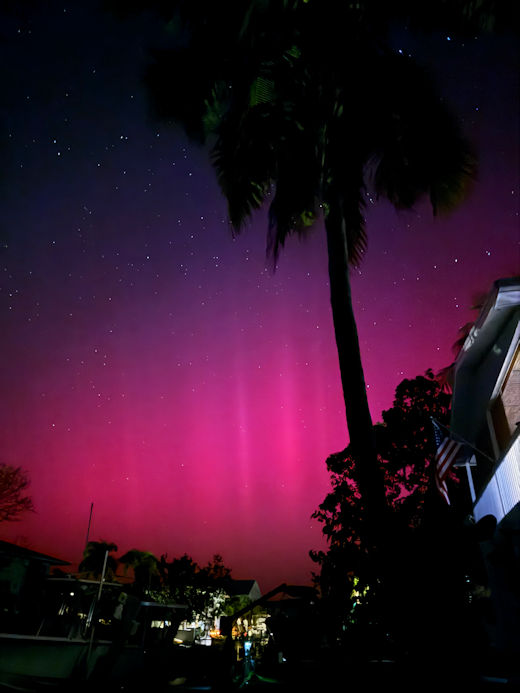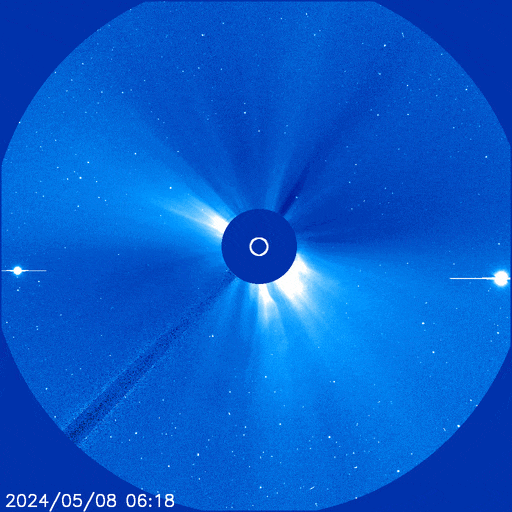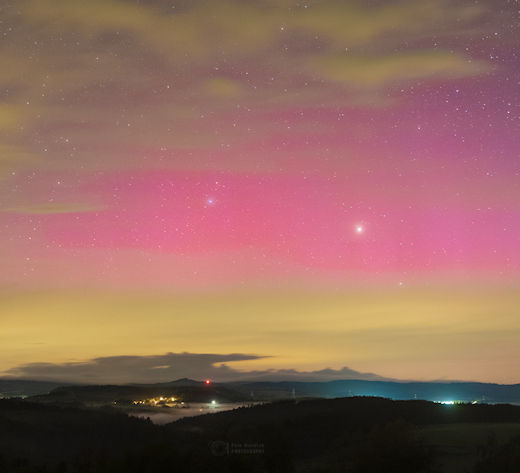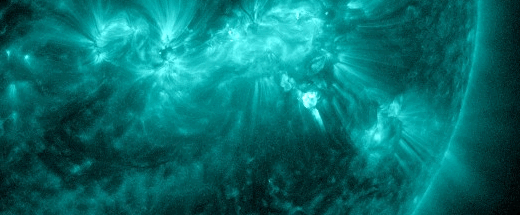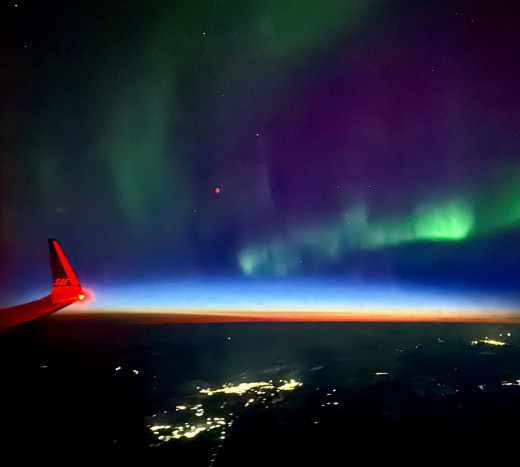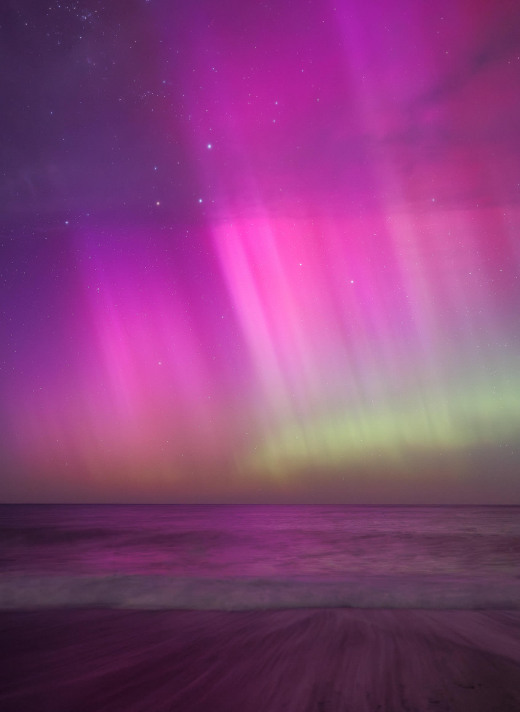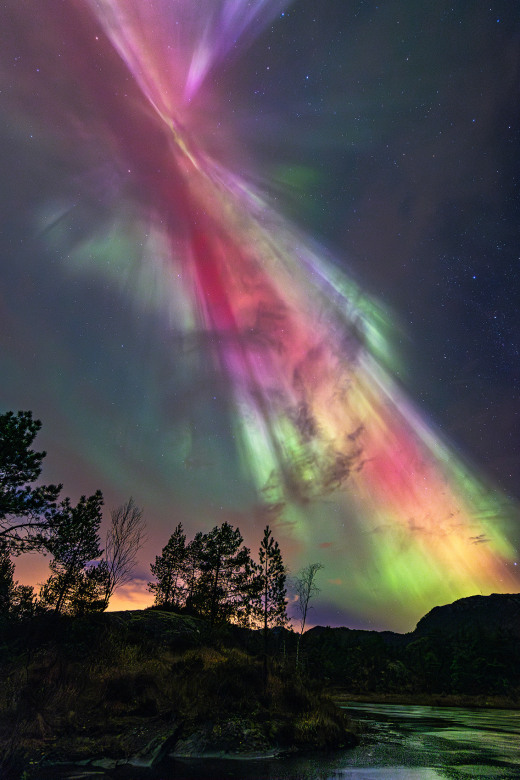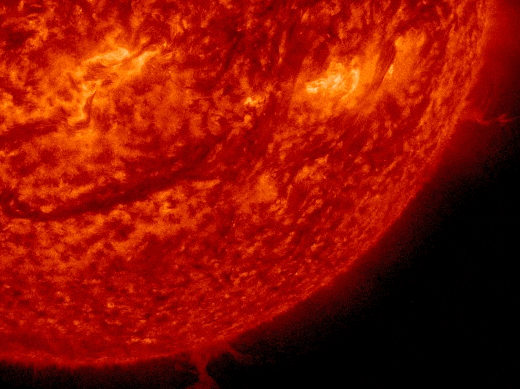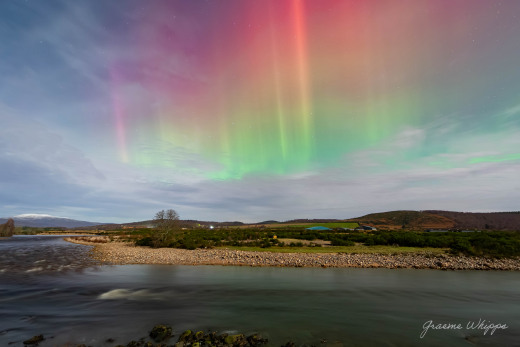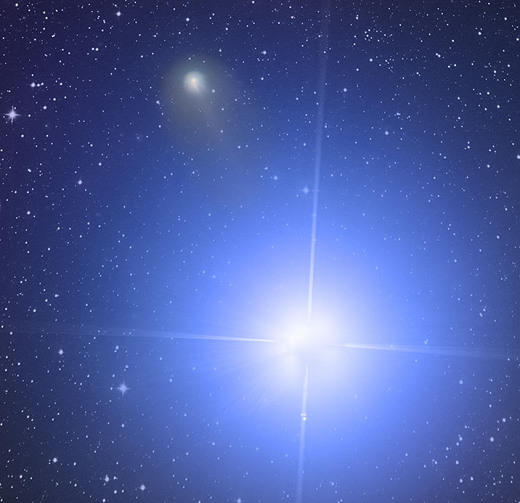
"This was quite the event, and extremely challenging to image," says Schur. Indeed, Vega is 4000 times brighter than the comet. Schur captured both in the same exposure as the pair sank into the treetops overlooking his backyard observatory.
12P/Pons-Brooks is the most active and arguably the most interesting comet in the entire solar system. Ice volcanoes on the comet's surface have erupted at least 5 times on 2023, creating "horns," dark shadows, and multiple shells of expanding debris. All of these features are visible in Schur's photo.

' #SIGMOID' #ERUPTION ON THE SUN: When you see an "S" on the #sun, it usually means something is about to explode. NASA's Solar Dynamics Observatory recorded this classic example of a "sigmoid eruption" on Dec. 6th:
In the movie, an S-shaped magnetic filament erupts, creating a 'splash' of debris more than 100,000 km wide. Researchers have long known that sigmoid structures in the sun's atmosphere herald strong explosions. The magnetic field lines that comprise them are twisted like a slinky; when enough tension builds up, they un-twist explosively.
Usually, sigmoid explosions produce CMEs. This one might have hurled a faint CME toward Earth. We're not sure because multiple CMEs were leaving the sun at the time of the blast, and there was much confusion. Don't be surprised if a sigmoid #CME delivers a weak but direct blow to #Earth's magnetic field on Dec. 9th.
https://spaceweather.com/
